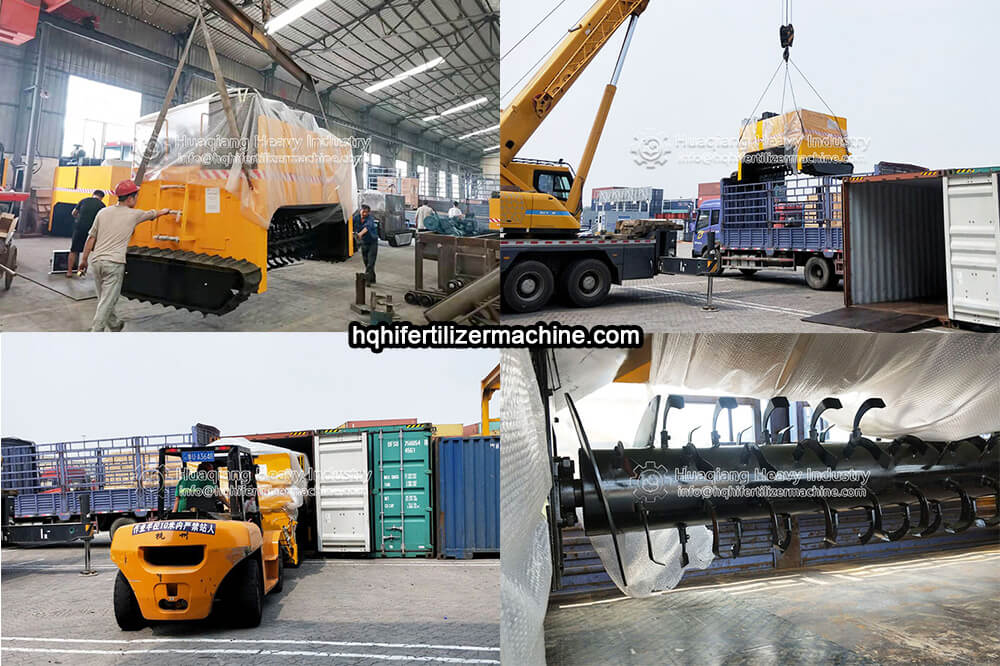
Windrow compost turning machines are central to organic fertilizer production. Their stable operation directly affects fermentation efficiency and product quality. Blockages are a common problem in actual production, reducing efficiency and potentially damaging the equipment.
1.Pre-treating Raw Materials
Keep moisture content between 50-65% (material should form a ball when squeezed but break apart when dropped).Shred long-fiber materials (like straw or branches) to under 5cm.Keep out large foreign objects (hard impurities like stones or metal).
2.Set Operating Parameters Smartly
Keep the windrow compost turning machine's travel speed between 2-5 meters per minute.Set the turning drum speed between 25-35 RPM.Adjust the turning depth (recommended 30-50cm) based on the material's characteristics.

3.Regular Maintenance
Clean residue off the drum and tracks after each shift.Check blade wear weekly (replace if worn over 20%).Lubricate drive components (key parts like bearings and chains) monthly.
4.Emergency Response Plan
If a blockage occurs, stop the machine and cut power immediately.Clear the blockage using proper tools in reverse rotation (never use your hands).Find and remove the cause of the blockage.Test run the machine empty before resuming work.
Following these steps can reduce blockage chances by over 80%. Choosing a high-quality windrow compost turning machine with built-in anti-blocking features.This ensures the machine runs reliably and efficiently, providing solid support for your organic fertilizer production.